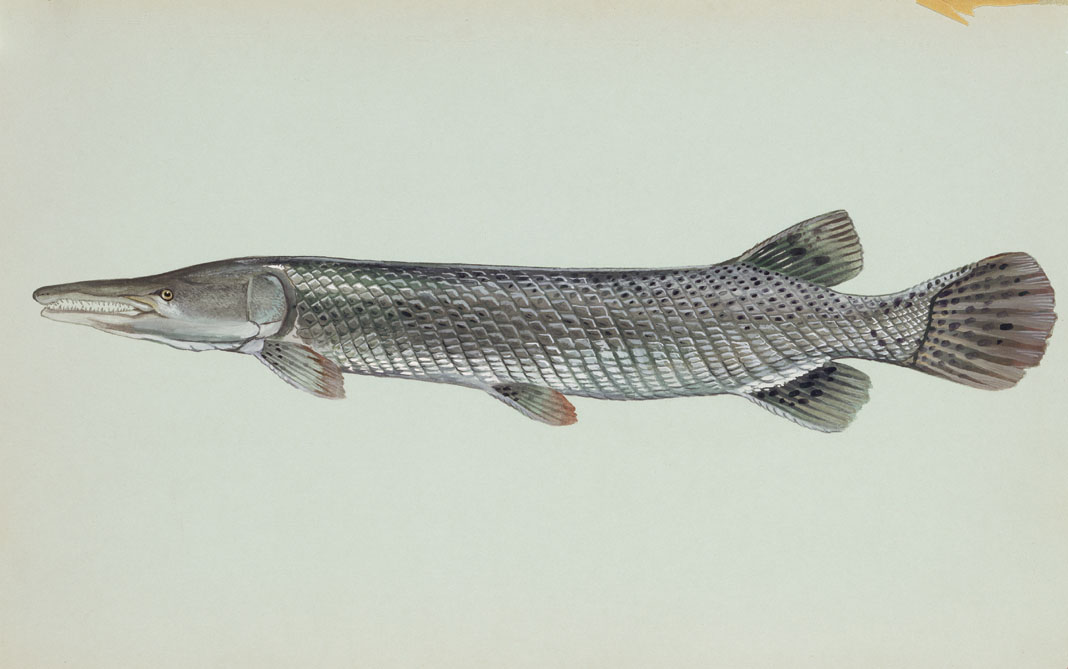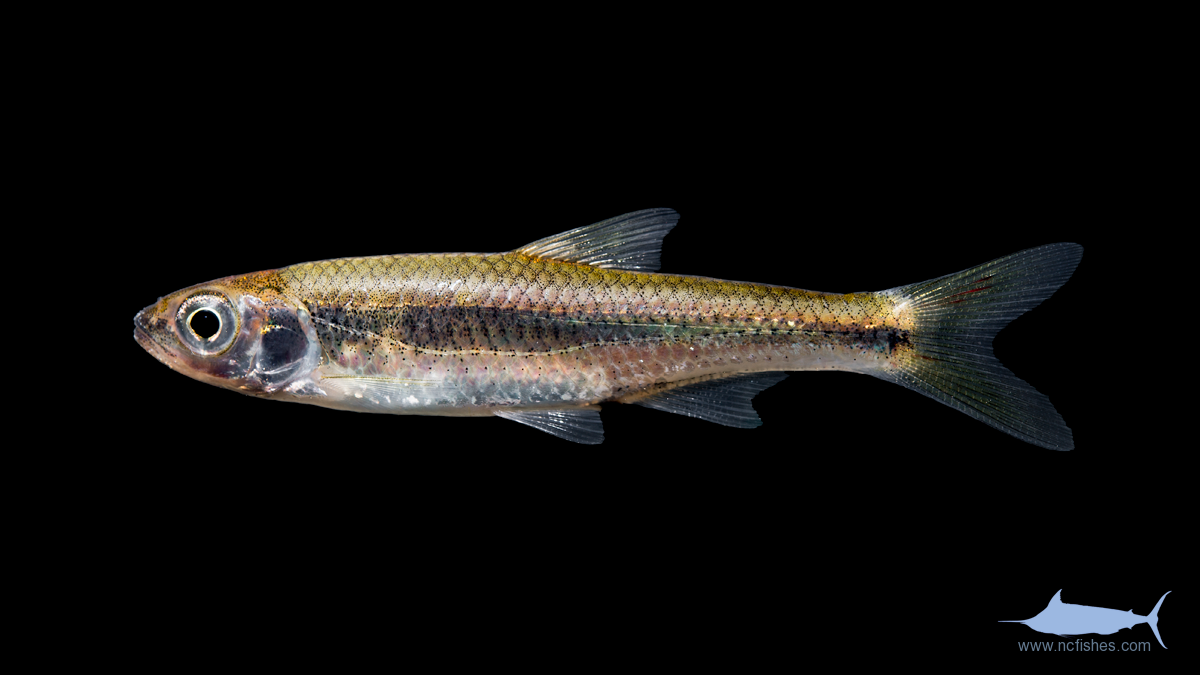

#North carolina freshwater fish drivers#
The results from this study highlight the drivers of decline in Sickle Darter distribution and outline the future research needs for this species that should be used to inform future conservation decisions regarding this species Models were very similar for the sub-basin specific models as well. R2= 0.92) suggests that habitat fragmentation due to damming has had adverse effects on Sickle Darter populations across its distribution.

Our best model for the whole distribution scale (Mallow’s Cp = -0.87 Adj. Sickle Darters have declined in 8 out of 10 historically occupied sub-basins. A total of 133 unique historical occurrences were used for the spatiotemporal analyses. Sickle Darters were observed in the Little River, Emory River, and Middle Fork Holston River sub-basins. A total of 154 Sickle Darters were observed at 15 sites throughout the upper Tennessee River Basin. We analyzed the current distribution of the Sickle Darter and temporal trends in its distribution in relation to temporal trends in environmental and habitat covariates for each of the historically occupied sub-basins (upper Clinch, Emory, upper French Broad, Little, Little Pigeon, Middle Fork Holston, North Fork Holston, Powell, South Fork Holston, and Watauga) with multiple linear regression modelling. Because of its narrow range and presumed decline in occupied sites over the last half century, it is being proposed for federal listing under the Endangered Species Act. The Sickle Darter Percina williamsi (Page and Near, 2007) is a species of fish endemic to the upper Tennessee River basin in eastern Tennessee, southwestern Virginia, and western North Carolina. Annotations for each species include a distributional map with type locality noted where appropriate, remarks concerning questionable recordsĪnd misidentifications, extirpations, introductions and interbasin transfers, and imperilment status. Herein we discuss the distribution of the 257 currently described and undescribed freshwater fish species within North Carolina.

#North carolina freshwater fish update#
The increase in the availability of historical records in globally accessibleĭatabases and the surge of collections post-1991 made by federal and state resource agencies, and academic and museum researchers, allowed for the creation of an update of North Carolina’s freshwater fish species in an annotated atlas. In 1991, Menhinick published “The Freshwater Fishes of North Carolina”, which is still widely in use because a comprehensive update has not been produced since its publication. Subsequent species lists with descriptions included: Brickell (1737), Cope (1870a), Jordan (1889a), Jordan and Evermann (1896-1900), Smith (1907), Jordan et al. Hogue, and “ Suggested References for the Identification of North Carolina Freshwater Fishes” will fill this educational void for those seeking more information on North Carolina’s diverse and colorful freshwater fish fauna.North Carolina’s first state-specific checklist of freshwater fish species was published in 1709 by John Lawson. Until the next “ Fishes of-” type of book is written, our webpage, ( ) and “ An Annotated Atlas of the Freshwater Fishes of North Carolina”, a manuscript currently being revised by Bryn H. Although the distributional maps and some of the taxonomic nomenclature are now out-of-date, the book is still widely used because of its dichotomous keys and illustrations. Menhinick’s “ The Freshwater Fishes of North Carolina”. Since becoming an official state of the Union in 1789, checklists and “ Fishes of”-type of publications have appeared regularly beginning with Edward Drinker Cope in 1870 and continuing through 1991 with Edward F. Our first state-specific checklist was provided by John Lawson in 1709 which was received in such high regard that it was later plagiarized extensively by John Brickell in 1737. The first general description of North Carolina’s fish fauna was written by Thomas Ash in 1682.


 0 kommentar(er)
0 kommentar(er)
